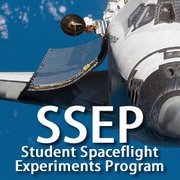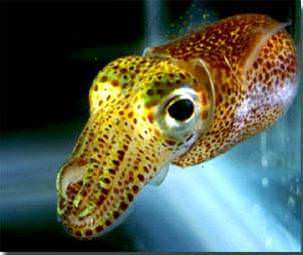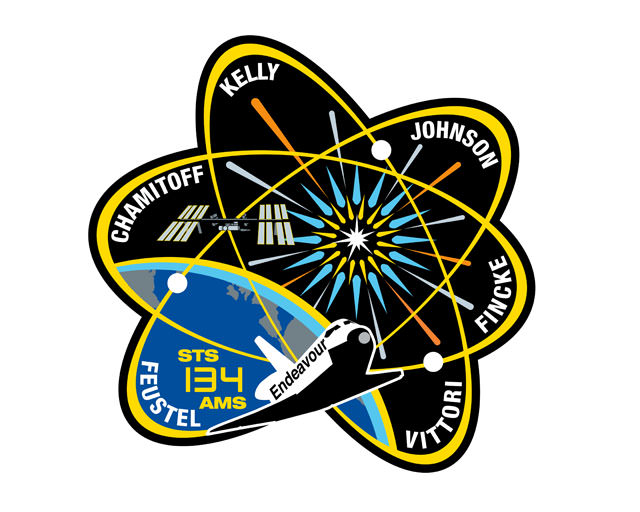[/caption]CAPE CANAVERAL – STS-134, the final flight of the space shuttle Endeavour – is set to carry several experiments of students from the middle school, high school and collegiate levels. Two of these payloads are sponsored by the NASA Florida Space Grant Consortium.
The first experiment is one that could provide some guidance on future long-duration space flight missions, it deals with seed germination. As missions take astronauts further and further away from Earth, they will need to be able to produce their own food. Learning everything possible about the effects of micro-gravity on seeds therefore is viewed as relevant and important research.

“Crystal Lake Middle Schools’ students and staff members are grateful that the Florida Space Grant Consortium has provided funding that will allow one of our student experiments to fly aboard the Space Shuttle Endeavour in low Earth orbit for 14 days,” said the Magnet Programs Coordinator for Crystal Lake Middle School, Lenecia McCrary. “The students entered a school-wide competition that involved proposing and designing real and practical experiments. The chosen experiment deals with investigating the effects of micro-gravity on apple seed germination.”
A little higher up on the educational ladder is the STEM Bar experiment being flown on STS-134. High school students Mikayla and Shannon Diesch won the 2010 Conrad Foundation Spirit of Innovation Award and will be at the launch watching as Endeavour takes their newly developed STEM Bar to the International Space Station. The STEM Bar was developed using NASA’s food safety standards and certified to fly on STS-134.
Another experiment, one comprised of squid embryos is being spearheaded by the University of Florida and will research the physiological impact of the micro-gravity environment on the animal’s growth and development.
“The Squids in Space project is a cohesive effort in which the full range of NASA Florida Space Grant Consortium supported categories work together on an experiment destined to fly on what will be the last flight of space shuttle Endeavour,” said Florida Space Grant Consortium Director Jaydeep Mukherjee. “This team, which is composed of Florida colleges and high school students and led by University of Florida PhD research scientist Jamie Foster, will connect the three tiers of education in an experiment studying the effects of microgravity on squid embryos.”

The inclusion of these student experiments on board Endeavour is viewed by those sponsoring and supporting these student-led experiments as evidence of NASA’s commitment to educational outreach. NASA has to maximize every square inch of space on the orbiters to stock up the space station for the post-shuttle era. As such, clearing room for these experiments highlights is viewed as an expression of the high value that the space agency places on education. After the launch of Endeavour only a single shuttle flight remains in the program, STS-135 which is slated for liftoff on June 28 on space shuttle Atlantis.


